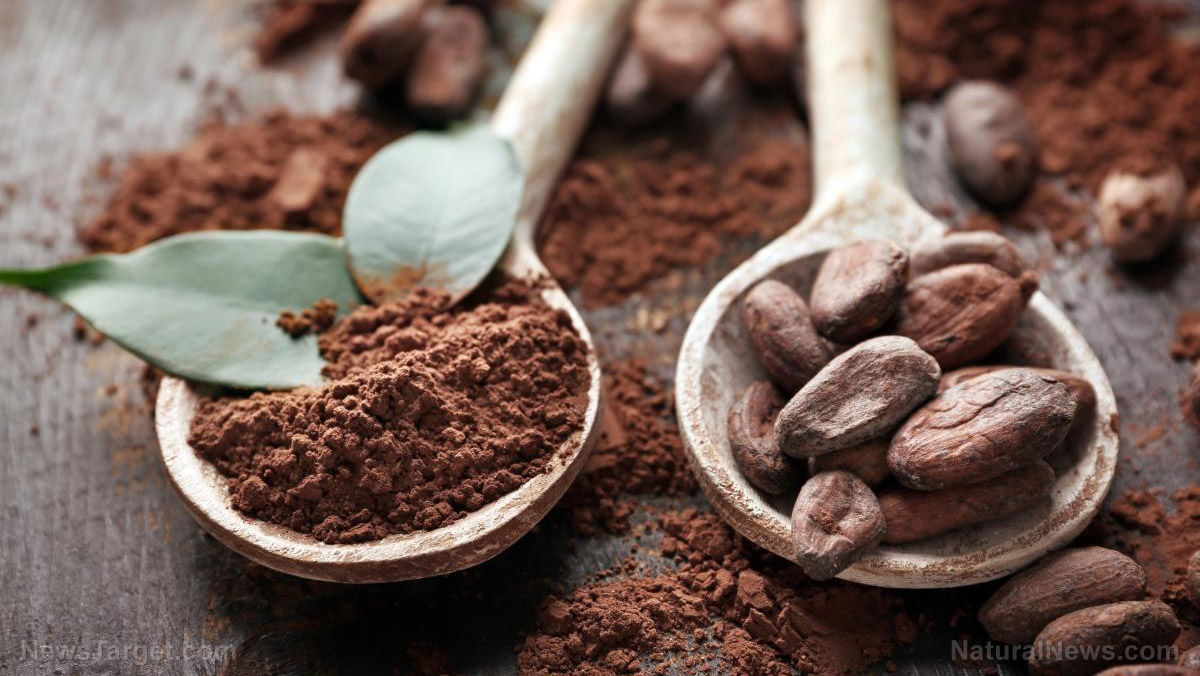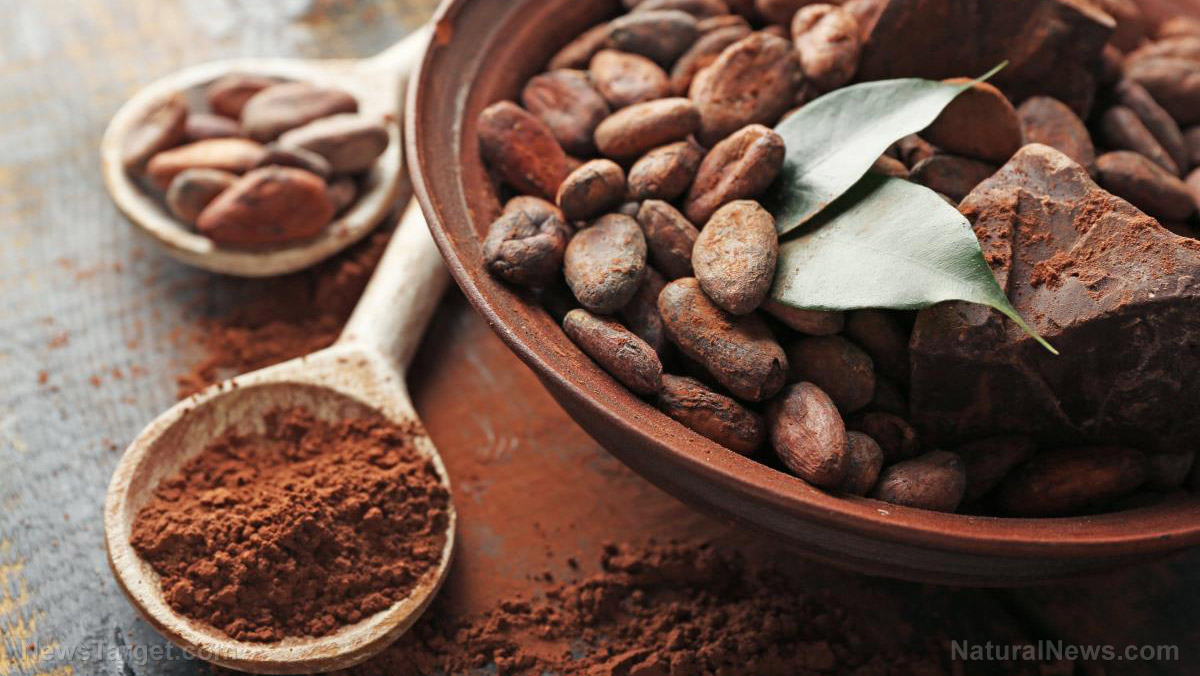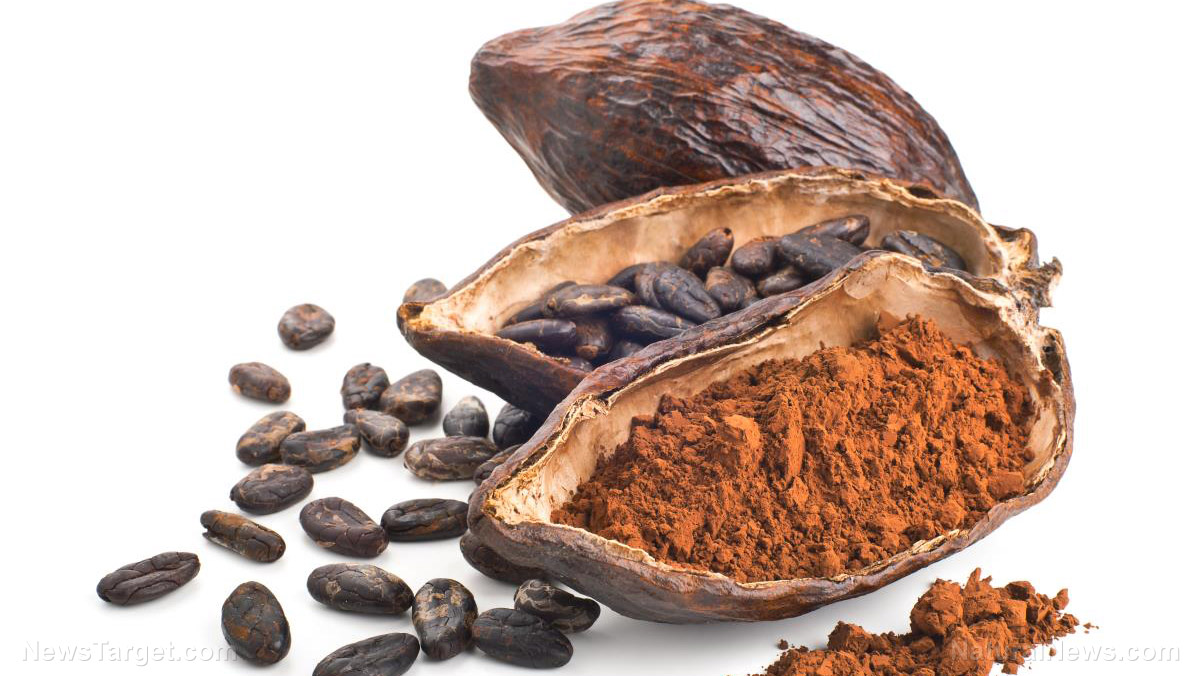The world’s insatiable demand for chocolate has Colombia gearing up production – but heavy metals remain a huge concern for importers
01/10/2018 / By Jhoanna Robinson

The accumulation of heavy metals such as cadmium in food is a major issue in scientific communities and international food organizations, due to the high toxicological risks to consumers, and because there is no detailed record of such contaminants’ actual content.
This is why researchers at Universidad Pedagógica y Tecnológica de Colombia felt the need to conduct a study, so as to be able to find out the concentration of cadmium in products such as table chocolate, which is produced and consumed greatly at the regional and national levels in Colombia. (Related: Original cacao is ancient treasure of chocolate from the Ecuadorian rainforest (updated).)
In the study, cadmium content in powdered and granulated table chocolate was identified in the municipality of Chiquinquira, Boyacá-Colombia, via the different pulse voltammetric method of anodic redisolution. Cadmium quantification in samples of granulated and powdered chocolate showed values of concentration between 214 and 260 parts per billion (ppb), with the highest concentrations of powdered chocolate.
Table chocolate is produced using cacao beans, which is third in the world market of raw materials after sugar and coffee. Cacao is endemic to Asia, South America, and western and central Africa. Colombia is the eighth largest cacao producer in South America, with more than 54,000 tons produced annually since 2014. While Colombia presently accounts for only one percent of global cacao production, experts forecast that it might be contributing more in the years to come.
Cacao production is chiefly for domestic consumption, with the country’s two largest processing firms – Medellin-based Grupo Nutresa (formerly called the National Chocolate Company) and Manizales-based CasaLuker – getting between 80 and 90 percent of output.
Domestic consumption of cacao is 0.8 kilogram (kg) per capita, with Federacion Nacional de Cacaoteros (Fedecacao) executive president Eduard Baquero Lopez saying domestic consumption can be increased to 1 kg per capita.
Colombia started exporting excess production in 2011; in 2013, exports of cacao reached 7,600 tons. The same year, 250 tons of cacao were exported via Fedecacao directly, primarily to Europe; by 2014, the organization recorded almost 300 tons of export. “We are confident we can reach 1,000 tons in 2014,” Baquero said.
“Most of our commercialization efforts are directed at Holland, Belgium, and the U.K. For the extent of their consumption and the size of their processing industries, but Switzerland, Germany, Russia, the U.S., and Canada have all shown interest in our cacao,” he added.
According to the New York Mercantile Exchange, cacao has reached $3,071 per ton in May 2014. Prices are forecast to rise due to expectations of demand surpassing supply, with the International Cocoa Organization predicting that demands will skyrocket to one million tons by 2020 as requirements in Asian markets, especially China, soars.
The Colombian government is targeting to provide an additional 700-meter hectares of land for cacao cultivation, while at the same time giving producers incentives and financing instruments to work on government plots.
How cadmium has become bioaccumulative in food products such as table chocolate
Natural processes such as volcanic activity or rock erosion, plus excessive waste deposition in different ecosystems, have led to a heightened presence of of compounds and xenobiotic elements with bioaccumulative and toxic materials, among which are heavy metals like cadmium, which pass directly or indirectly to different foods, of which fruits, vegetables, and meats and their by-products are the most vulnerable.
Cadmium is a danger to health as it negatively impacts the pulmonary tract, causes tubular damage to the kidneys and bones, and increases the risk of cancer.
The study found that even though the cadmium values obtained from locally-grown cacao were below the maximum tolerable weekly limit intake set by the World Health Organization, they are still high compared with other studies from other countries, due to contamination from planting, harvesting, and fruit transporting during product manufacture. As such, greater care should be exercised when importing various food products from different countries.
For more news stories on chocolate and cacao, visit Cacao.news.
Sources include:
Submit a correction >>
Tagged Under:
bioaccumulative, Cacao, cadmium, Chocolate, Colombia, ecosystems, food supply, table chocolate, toxic materials
This article may contain statements that reflect the opinion of the author
RECENT NEWS & ARTICLES
COPYRIGHT © 2017 CACAO NEWS




















